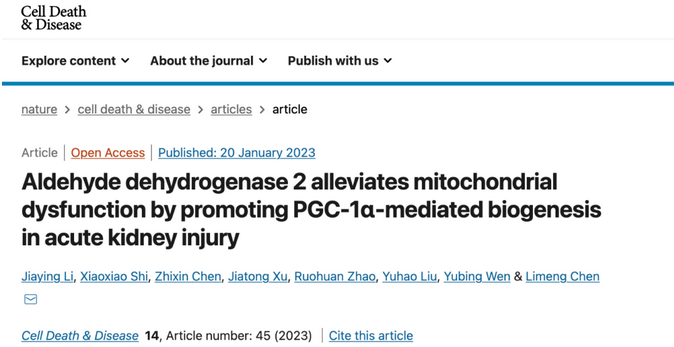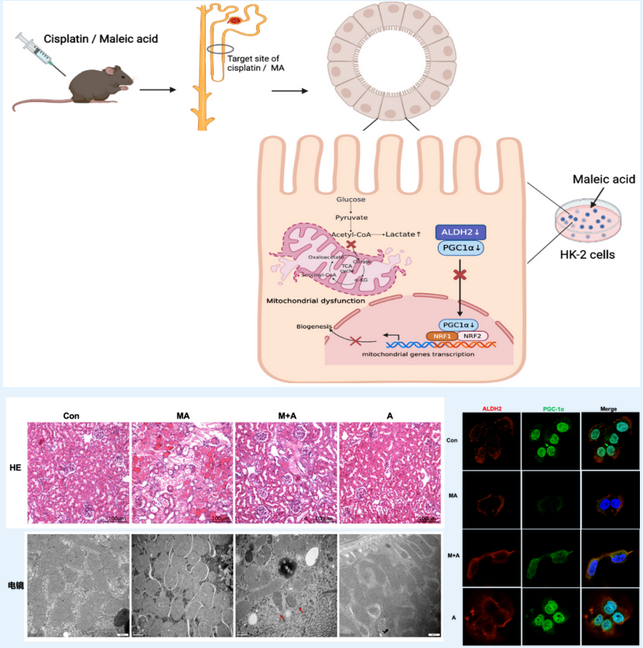Recently, the team of researcher Li Yongzhe from the Department of Clinical Laboratory, PUMCH, the team of chief physician Zheng Wenjie of the Department of Rheumatology, PUMCH, together with the team of researcher Yu Xiaobo of the National Center for Protein Sciences, published the research results on Behçet’s disease in “Arthritis & Rheumatology” (IF=15.483), a Tier 1 journal, or among the top 5%, ranked by the Chinese Academy of Sciences. The team has for the first time mapped the proteomics of Behçet’s disease (BD) with different phenotypes and identified and validated biomarkers related to vascular involvement, providing valuable insights for clinical assessment and treatment of patients with BD. This study received funding support from the National Key Research and Development Program and the National High Level Hospital Clinical Research Funding.

BD is a multisystemic, chronic vasculitis, characterized by oral ulcers, genital ulcers, and skin lesions. BD is highly heterogeneous, and patients present with multiorgan (eyes, joints, gastrointestinal tract, cardiovascular and nervous system) involvement. The molecular characteristics of BD with different organ involvement are unknown. The clinical diagnoses are mainly dependent on the clinical symptoms. However, no biomarkers are available for clinical diagnosis, disease assessment, or differentiation between different phenotypes of BD.
Based on the in-depth proteomics platform integrated with the data-independent acquisition mass spectrometer (DIA-MS) with antibody microarrays, the research team performed the first plasma proteomic assays on BD patient of multiple phenotypes and healthy controls, analyzed the functions of differentially expressed proteins, constructed a disease phenotype-specific protein expression profile, and validated novel candidate biomarkers.

▲Workflow of the BD plasma proteomics study
The study found that the BD group had 220 differentially expressed proteins, ten times more than what previous literature presented, which discriminated between 88.6% of the BD patients and 95.5% of the healthy controls . The bioinformatics analyses revealed different biologic processes associated with BD pathogeneses, including complement activation, wound healing, angiogenesis, and leukocyte-mediated immunity.
The team compared the results of clinical phenotype classification and proteomic subtype classification in the same BD cohort. For the first time, the characteristic proteomes of BD with different clinical phenotypes were analyzed. The corresponding target proteins of targeted drugs approved or with clinical trials ongoing as well as the therapeutic agents were collected, which suggests that therapies can be customized to the target proteins of BD with different organ phenotypes. The study also found that elevated expression levels of HABP2, TNC and SERPINA3 could indicate the severity and vascular damage of BD, and validated via ELISA the correlation of these three potential markers with BD development.
Translated by Liu Haiyan
Edited by Jiang Nan and Wang Yao
